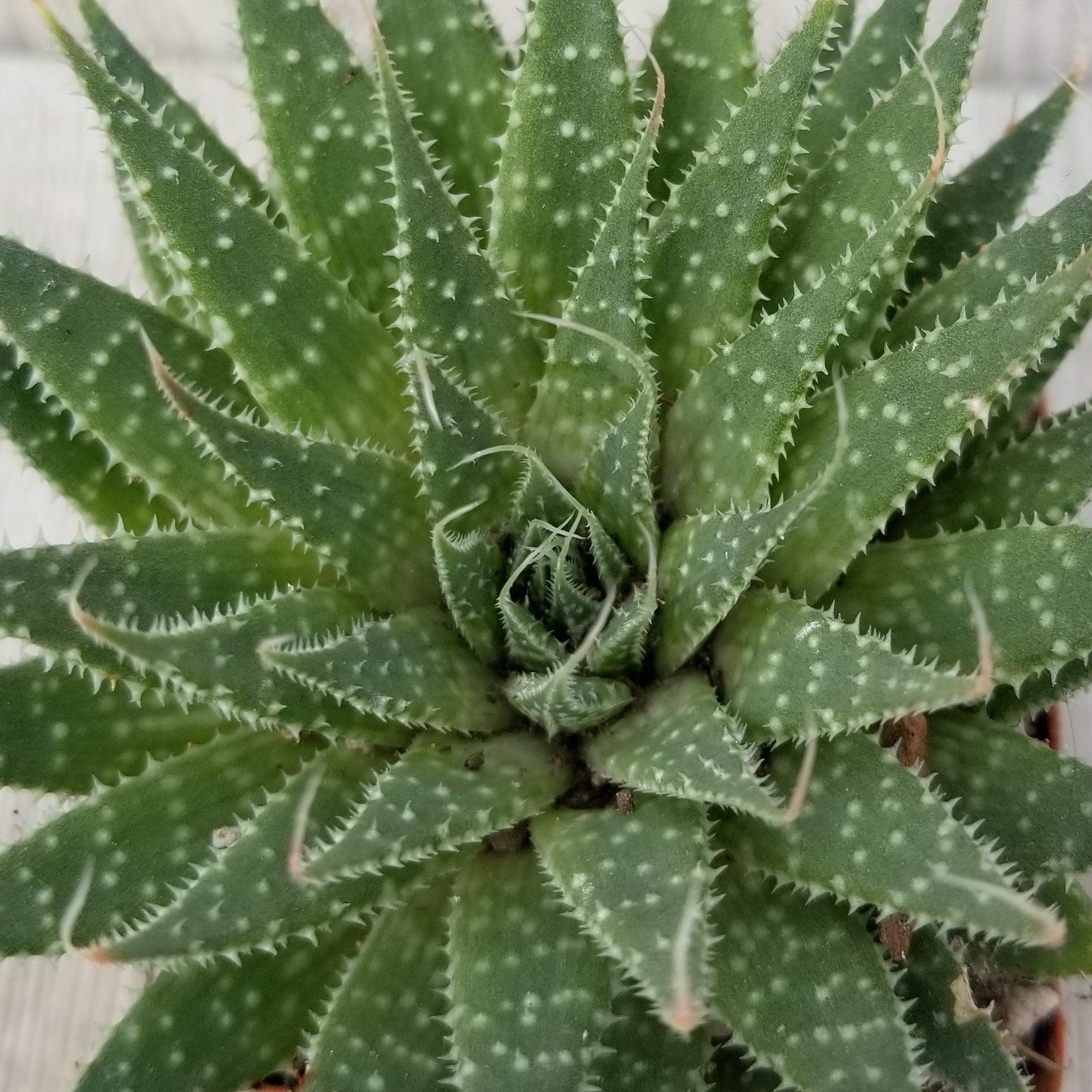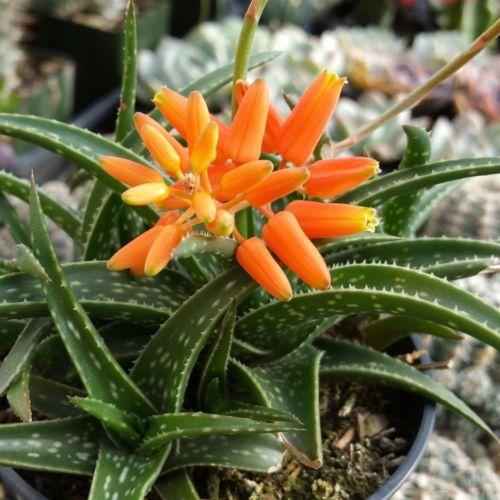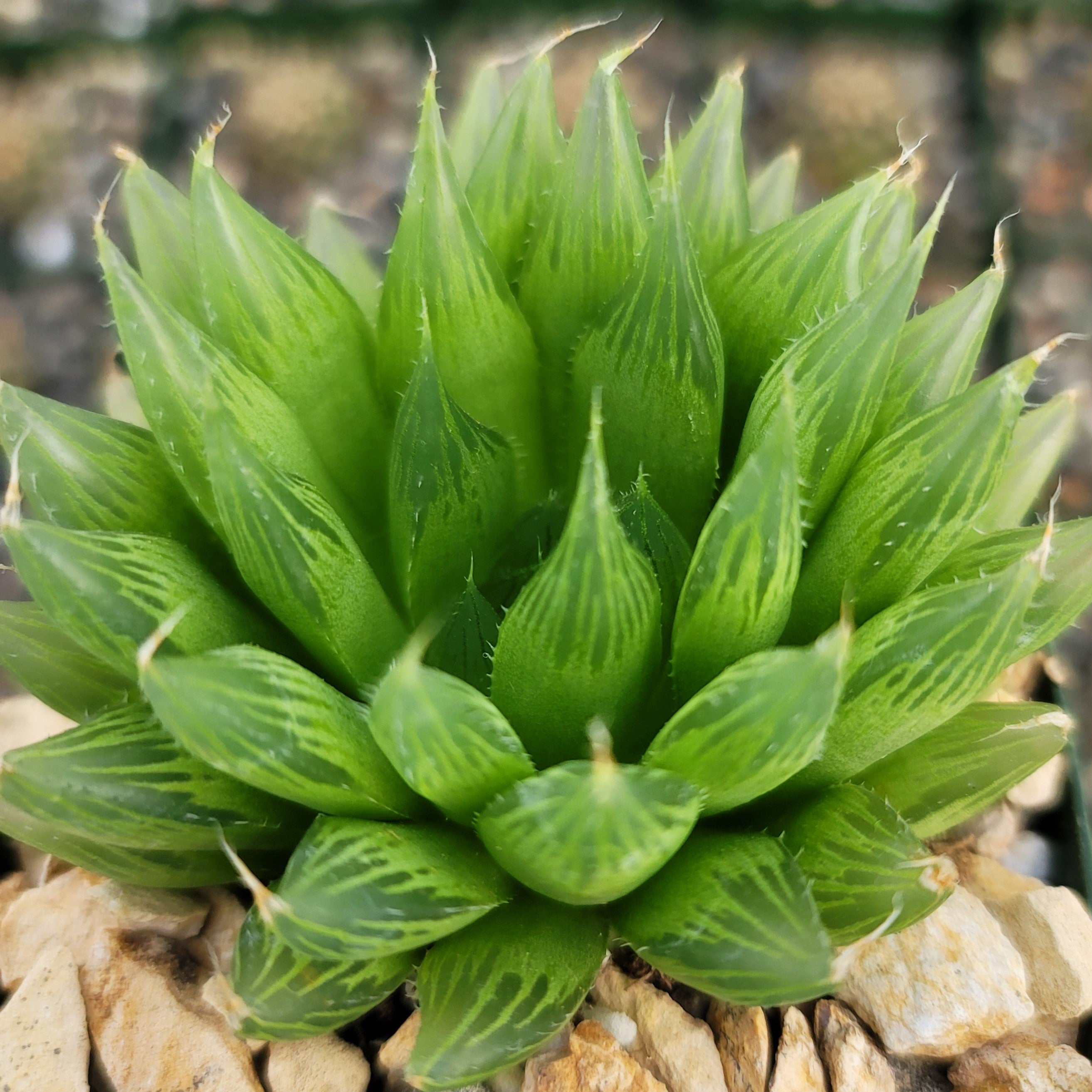How to Identify Plants + 7 Apps That'll Help
Updated: January 28, 2025

Ever stumbled across a plant and wanted to identify it, but weren't sure how? You're not alone. Identifying plants can be difficult if you’re a budding gardener or a veteran plant lover. With the right techniques and tools, you can develop your skills and become an expert in no time.
You can study a plant's leaves, flowers, fruits, and other physical characteristics to identify it. Field guides and experts on the subject may also be of help. In addition, there are many available apps that help you distinguish plants on your own. This article will help you identify a plant and which apps will work best.

What to Check When Identifying Plants
When identifying plants, it is vital to look for several features, such as leaf shape and size, flower color, fruit type, bark texture, and other distinguishing characteristics. Additionally, having a basic understanding of botany and plant varieties can be beneficial in helping you correctly identify a plant.
While some plant species may be easily identified by these criteria alone, others may require further research or assistance from an expert to determine a given species accurately.
- Location. Plants have distinct requirements for sun, soil composition and moisture levels. By understanding the climate and area where a particular plant was found or bought, it can be easier to determine what kind of species it is. The plants in a forest give an indication to the climate conditions in the region. For instance, evergreens are usually present among coniferous trees growing in cold environments at higher latitudes since they need less water than other types; cacti are typically found around deserts with little rainfall or sandy soil as they don't require much water - most obtain nutrients from slopes.
- Roots. Depending on their type or origin, plants may have tuberous roots like potatoes and carrots; corms similar to gladioli; rhizomes which spread horizontally underground as in ginger and lilies of the valley; stoloniferous rhizomes that resemble runners such as strawberry plants; or taproots resembling carrots with side branches like chicory root.
- Stems and branches. For keen observers, the shape and structure of a plant’s branches and stems can be like fingerprints for identifying different species. Woody plants are especially revealing – birch trees have thin, papery bark compared to their thicker-barked relatives such as oaks.
- Leaves. Triangular leaves may indicate herbaceous plants, while thick, waxy leaves may indicate succulents. Broad, wide leaves might indicate a plant that grows in shade, while narrow and pointed leaves might indicate a plant that grows in full sun. Triangular foliage could hint towards an herbaceous species while thick and waxy types might point to succulents. Broad, wide-shaped leaves often thrive in shady spots while narrow and pointed ones prefer direct sunlight.
- Flowers or fruits. Pay close attention to the characteristics of any flowers or fruits they produce - such as shape, size and color – it is possible to ascertain what type of species it belongs to. If that isn't enough, some plants also have unique fragrances associated with them; for instance lilacs are known not only for their vibrant purple blossoms but also from their unmistakable aroma. To help in your quest further still, use field guides or online resources which provide pictures and information.
Further Steps to Help You

Do your research. Once you have observed a plant's leaves, flowers, fruits, stem structure, and root system, it may be necessary to do some research to determine its identity. Field guides or online resources can provide pictures and descriptions to help narrow the possibilities.
Use a plant identifier app. There are now apps available that can help identify plants by asking questions about their characteristics. These apps also contain a database of plant images and descriptions to assist with identification. This can be a useful tool if you are unfamiliar with identifying plants or want to double-check your observations.

7 Apps That Can Help Identify Plants
The following seven apps are popular plant identification apps you can use to determine plants accurately and quickly.

1. Plant Snap
PlantSnap offers an easy, convenient way to identify plants with the click of a button. Its sophisticated technology and AI deep-learning enable it to recognize even intricate details like leaves or single flowers in your photo. Furthermore, this powerful app doesn't take up precious device storage as its database is stored securely online! You can also just type in plant information if you have any doubts - PlantSnap will provide suggestions with pictures for fast identification. The only catch is that you need an account before using this tool. You can download this app in both Android and iOs.
2. LeafSnap
Leafsnap is an extraordinary nature-guide app available for free on iOS, offering a comprehensive list of North American plant species. Boasting detailed information and vivid photographs, users can easily browse plants based on leaf shapes, flowers, fruit types, and much more. This acclaimed app boasts rave reviews due to its speed, user-friendly interface, and precise data. It even provides convenient links leading users to reputable external sources such as Wikipedia, GBIF, and Google.
With descriptions detailing the habitat it inhabits as well as its bloom times being featured alongside fascinating insights into each entry's features; Leafsnap provides endless hours of educational entertainment - though familiarizing oneself with common or scientific names beforehand typically proves most useful in navigating this remarkable directory. However, it does not have a search feature for plants that were previously identified and the in-app content is restricted. You can get the app from Android and iOs.
3. PlantNet
PlantNet is a powerful app that revolutionizes the way users identify plants from around the world. With its built-in database of over 20,000 species and helpful crowd-sourcing capabilities, it makes an excellent tool for any plant enthusiast - whether simple or advanced in their knowledge. The simple interface allows its users to identify plants quickly and easily without any need for complex explanations. Although there are still times when inaccuracies may appear, you can report it directly back to PlantNet developers. This app is available in iOs and Android.

4. Picture This
PictureThis is revolutionizing plant science: its innovations have enabled an impressive 98% accuracy in identifying 1,000,000+ plants every day – exceeding even the capabilities of most expert botanists! This app makes it easy and convenient to identify ailing plants as well; with just one snap or upload from your photo gallery you can get instant auto-diagnosis plus detailed treatment instructions. Plus, PictureThis helps users keep their green friends healthy outside too by providing notifications for watering schedules and fertilization levels - not forgetting light measurement capability for when extra sun exposure is needed. It's also able to determine toxic plants around you and receive warnings for you, your family, and your pets.
While using the app, users are at an increased risk of unintentionally subscribing. The "Continue" button pops up and requests confirmation for subscription appear. This can make the user experience dreadful. You can get the app from iOs and Android.
5. iNaturalist
The National Geographic Society and California Academy of Sciences have come together to create Naturalist, a powerful AI-based app that offers users an expansive database for exploring the natural world. With over 25 million observations submitted by dedicated enthusiasts since June 2019, this platform both encourages knowledge sharing through social networking as well as provides helpful aid in navigating the system with its FAQs and tutorials. While it is beneficial tool for discovering new species, plant lovers should be mindful while using Naturalist; certain identifications can prove inaccurate or fail at indicating which creatures are not present within their environment. You can get this app on iOs and Android.

6. GardenAnswers
GardenAnswers is an excellent plant identification app that's easy to use and intuitively laid out. It provides users with the ability to quickly and accurately identify plants, as well as tips for common pests and diseases. With a simple point-and-click of your phone, you'll receive a fast response regarding the species of the plant in question. Additionally, gardening experts are available to offer advice on how to best care for your plants. The app also has a quick response time of usually within 24 hours, and a comprehensive website full of helpful FAQs.
However, GardenAnswers is only designed to accurately identify plants; it cannot diagnose diseases or infestations. If this kind of help is needed, the user will be directed to contact local Master Gardeners instead. In addition, there is some ambiguity about the differences between free and premium subscriptions.
This app is available both in iOs and Android.
7. Plantix
Plantix is perfect for eager farmers who need assistance with their plants. Featuring powerful tools to diagnose and treat infected crops, agricultural experts are also on hand to help answer any and all questions. It was given the title "Your crop doctor," Plantix can detect pests and diseases in crops within seconds via a photo taken by the user. With coverage for 30 major crops and identification for over 400 issues, Plantix helps users better care for their gardens or fields.
In addition to providing advice, Plantix allows farmers and gardeners worldwide to connect. This offers access to best farming practices, preventative measures, and a fertilizer calculator. Unfortunately, the app is only compatible with Android phones at the moment – and as it is still relatively new, there may be some bugs or glitches. Nonetheless, reviews of Plantix remain high, making this a great option when choosing an app for plant diagnostics.

Conclusion
Identifying plants can be complex, but several tools are available to make the task easier. By observing the leaves, flowers, fruits, stem structure, and roots of a plant, as well as doing research or using an app such as PlantSnap or LeafSnap to identify it, you can gain a better understanding of the species you come across in your environment. With enough knowledge and practice, you can become an expert in plant identification.























